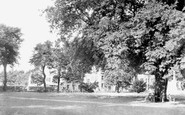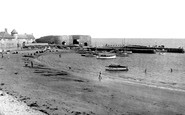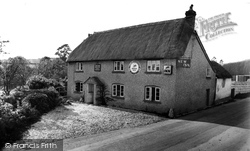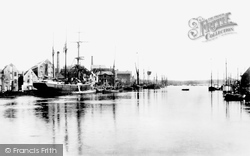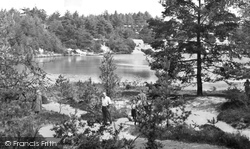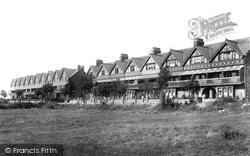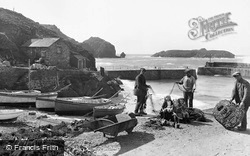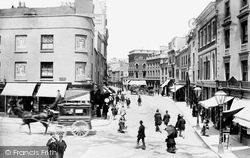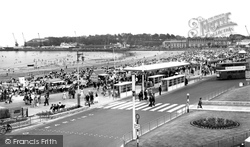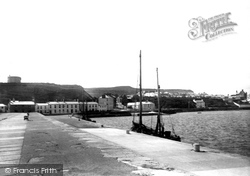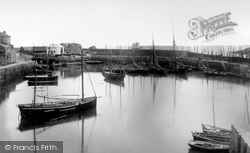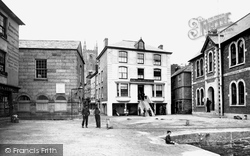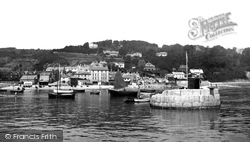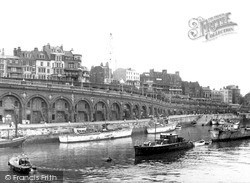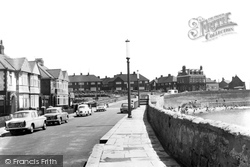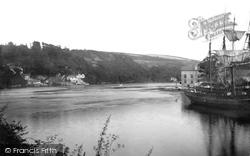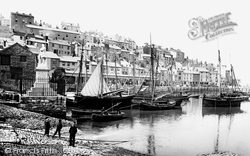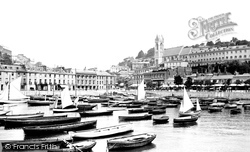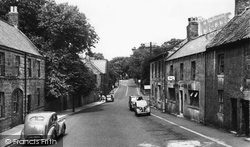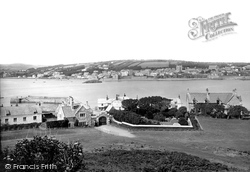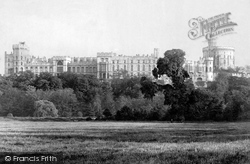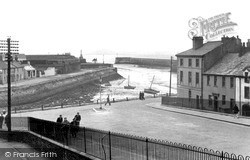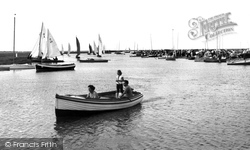Places
1 places found.
Did you mean: arthur ?
Those places high-lighted have photos. All locations may have maps, books and memories.
Photos
4 photos found. Showing results 101 to 4.
Maps
71 maps found.
Books
1 books found. Showing results 121 to 1.
Memories
96 memories found. Showing results 51 to 60.
My Grandmother Had A Boarding House
My grandmother had a boarding house on Grand Parade on Hayling Island through the fifties into the sixties. Our summer holidays every year were to visit her in Hayling Island with all our extended large ...Read more
A memory of Hayling Island
The Harbour Line.
Look carefully between the first two trees on the left of the photograph. In the gap with the house in the background you will see a horizontal dark line which follows to the right. This is the railway line called the Harbour Line ...Read more
A memory of Wisbech
Southlands School, Harrow On The Hill
While sorting through some old photographs from the 1950s when I was in England and Europe with two girlfriends from Western Australia, some of the Southlands school were among them. So we did an ...Read more
A memory of Harrow on the Hill by
Tea Times At Beadnell
My name is Sean Sweet. I have many memories of Beadnell. My Grandparents owned a cottage near the harbour called Sandy Dell and later my parents had a static caravan on the links. Every summer seemed to be hot and sunny and ...Read more
A memory of Beadnell by
Dysart In The 60s
I was brought up in Dysart, first in Howard Place then the High Street, where my mum and dad still live. I remember all the shops that were there in the 1960s when I was a little girl, the little wool shop where you could buy odd ...Read more
A memory of Dysart by
Bombing Raids In 1940
Bristol's premier shopping centre was turned into a wasteland of burned out buildings after major bombing raids in 1940, during the Second World War. Bridge Street Summary Bridge Street ran from High Street, rising up a ...Read more
A memory of Bristol by
Events On The Hill
I have left the year of these incidents because they were on going throughout my childhood. The first concerns Dr Clinch's dog. Dr Clinch lived at the top of Penygarn Hill. He was a large man with a gruff exterior, I believe he ...Read more
A memory of Penygarn by
The Day We Topped Out £12m New Leisure Centre In Wednesfield!
£12m Wednesfield Leisure Pool. It has been a very big week for both myself and Mary, we have attended 11 individual events as well as trying to hold the day jobs down! On Monday ...Read more
A memory of Wednesfield by
Birthplace And Never Forgotten When Asked
I was born in Dysart to a mining family of 5 brothers, me being in the middle. My mum watched over us all and used to take us walks by the man in the rock along to Wemyss and back via the castle estate. ...Read more
A memory of Dysart by
Mid 1960s Mid 1980s
My parents David & Valerie, and younger brother Roger Angus lived at 'Rosevine' opposite the Rectory. The then vicar, Christopher Leach lived in the Rectory with his wife and children Godfrey and Hilary. Additionally, they ...Read more
A memory of Combpyne by
Captions
211 captions found. Showing results 121 to 144.
The River Piddle winds beneath the chalk downlands of Dorset, giving its name to several villages along the way before reaching the sea at Poole Harbour.
The town of Poole grew up around the older quays of the great harbour; during these times it was purely functional, catering for mercantile activities, shipping and pottery manufactured from the
Centuries ago, an arm of the sea came up to Wareham from what is now Poole Harbour.
The nearness of Barry Station and the view from the balconies over the Old Harbour were the main selling points for prospective purchasers.
Small inshore fishing boats are drawn up at the back of the harbour, where two jetties were built in the 1890s to provide shelter and encourage this local industry.
The older anchorages of Sutton Harbour and Stonehouse, with the greater expanse of the Hamoaze and Plymouth Sound beyond, created a perfect naval base long before the new town of Devonport was founded.
Here we see the southern end of the sands on a very crowded day in the 1950s, with the cranes of the harbour and Nothe Fort in the distance.
It is difficult to believe that less than twenty years later, the harbour was the scene of nationalist gun-running.
Boats can still operate in and out of this harbour when weather conditions close those that face the prevailing south-westerlies.
Fowey, the 'Troy Town' popularised by the Victorian writer Quiller Couch, is blessed with a spacious natural harbour, and was once one of the foremost seaports of Britain.
This is the inner pool of the Cobb Harbour; we are looking north-westwards to High Cliff, prominent on the wooded hilltop (left).
number of maritime business premises to Military Road, which has been widened considerably; and this post-war photograph also shows a number of ex- Naval converted motor boats moored in the harbour
The large building on the right is the Harbour of Refuge - a splendid name for a seaside public house! Children play on the beach below the sea wall.
The estuary provides a sheltered natural harbour, and in the past schooners such as the one here were a common sight.
Its natural harbour, sheltered by the limestone cliffs, made it ideal for settlement. The Saxons were here, and Celtic and Roman remains have been found nearby.
Iron Age dwellers built a fortification on Berry Head, and Celtic inhabitants would have collected salt and fish where the harbour now stands.
St John's Church, situated dramatically above Torquay harbour, was built in limestone excavated from its own site by G E Street in 1861.
After the harbour had become unusable, a number of warehouses and granaries were redeveloped. The Marine House Hotel was built as a granary and later converted into a vicarage.
This unusual view shows the Mount's estate houses and a harbour wall, with Marazion stretched out along the coast and Trencrom Hill rising behind on the extreme left.
Swords and armour bedeck the walls.
This view of the Upper Harbour in the ancient port of Whitby situated where the River Esk runs into the North Sea has hardly changed since the 1950s.
Low tide in the harbour, which was another of the creations of Colonel Senhouse in the mid 18th century.
Its capacious natural harbour, protected from the sea by the long spit of sand, Blakeney Point, attracted coastal trading vessels until the early years of this century.
Pentewan village is on the far side of the beach, and two sailing boats set off from the harbour pier.
Places (1)
Photos (4)
Memories (96)
Books (1)
Maps (71)

